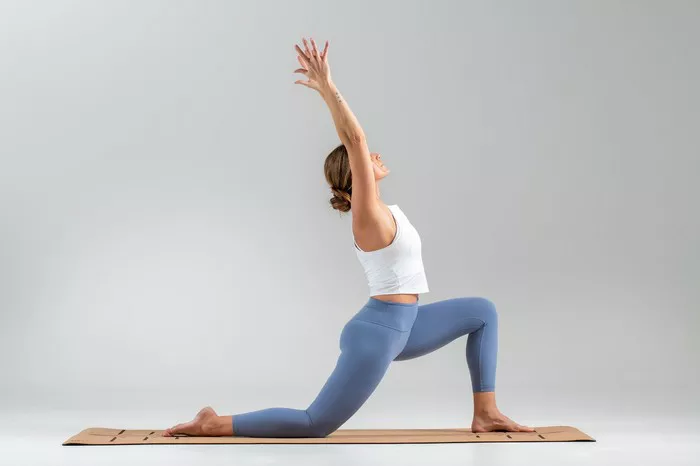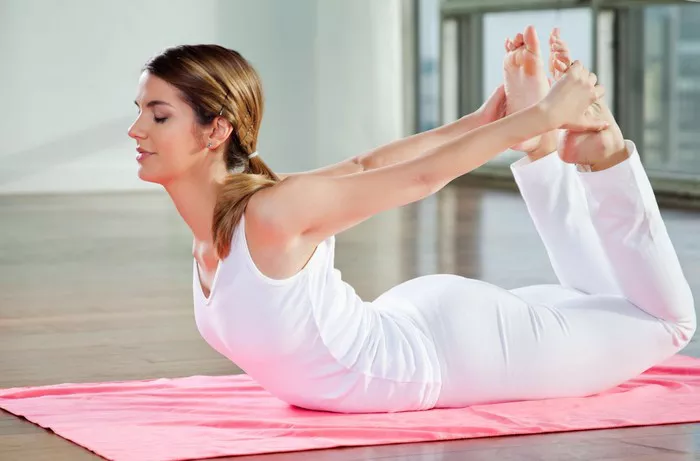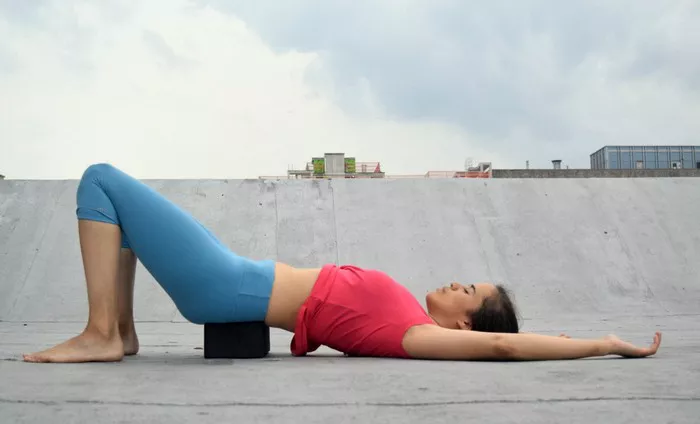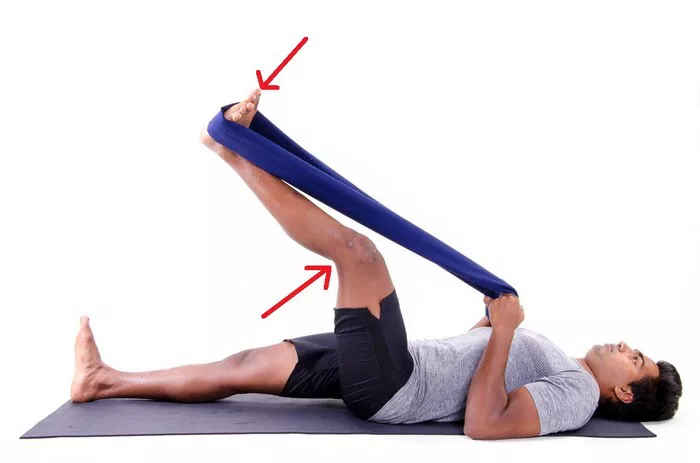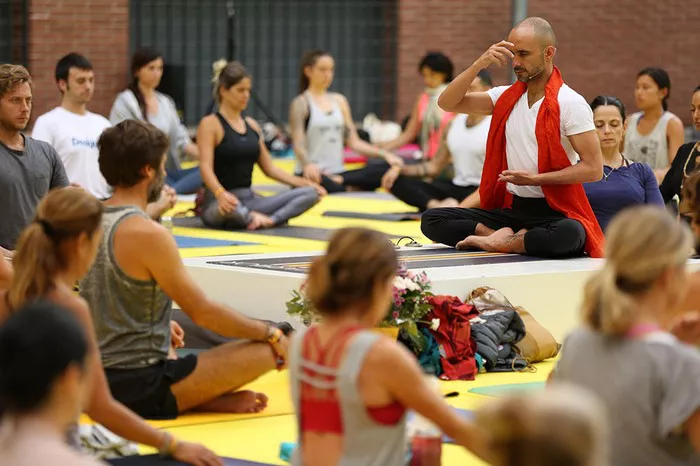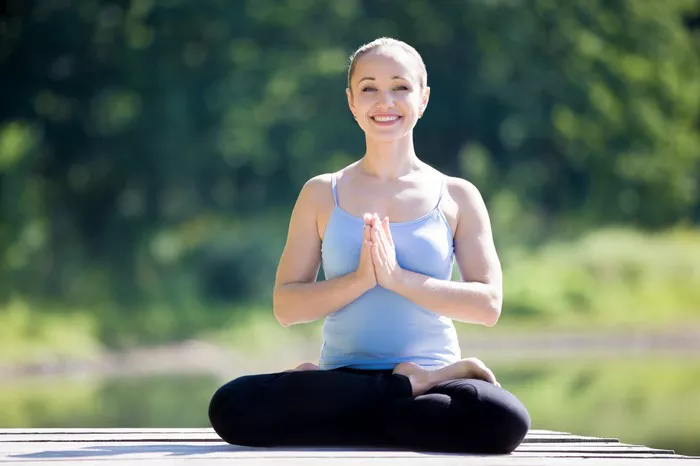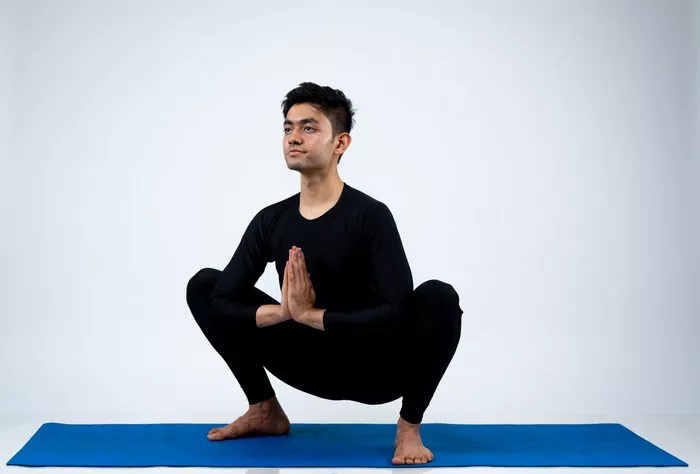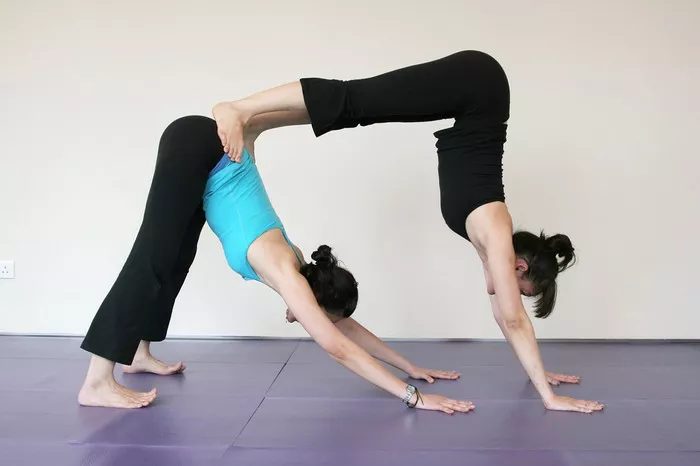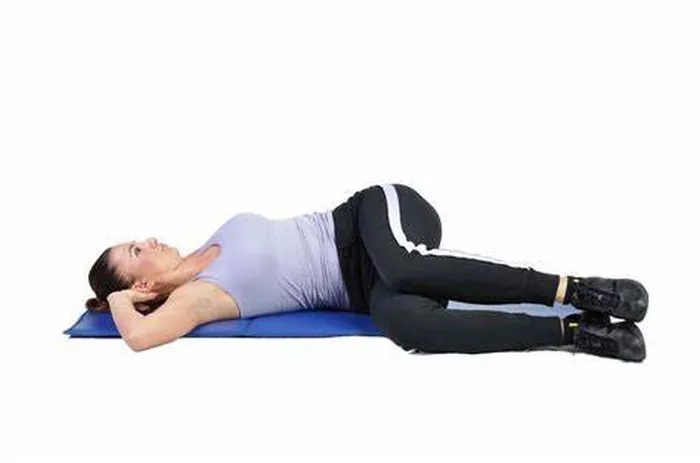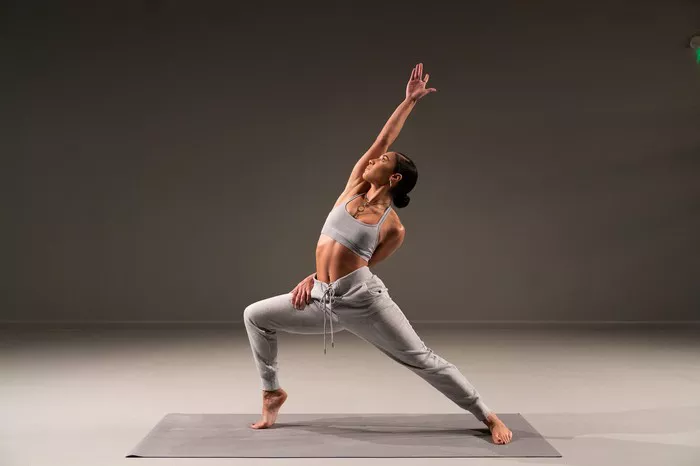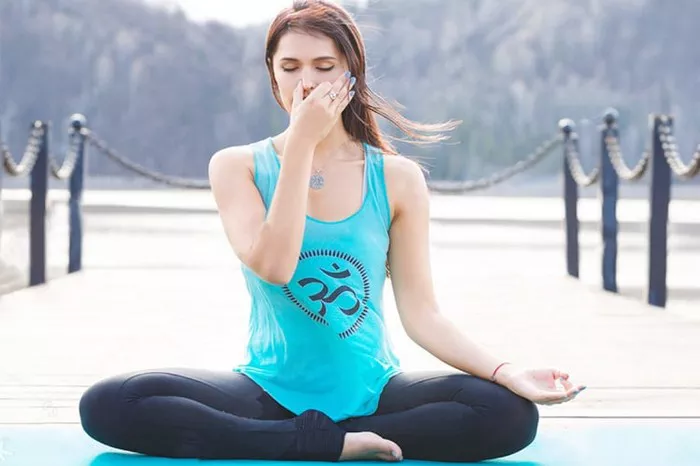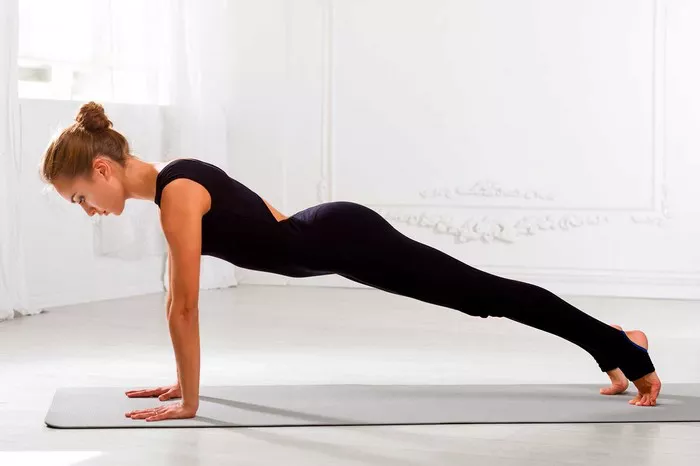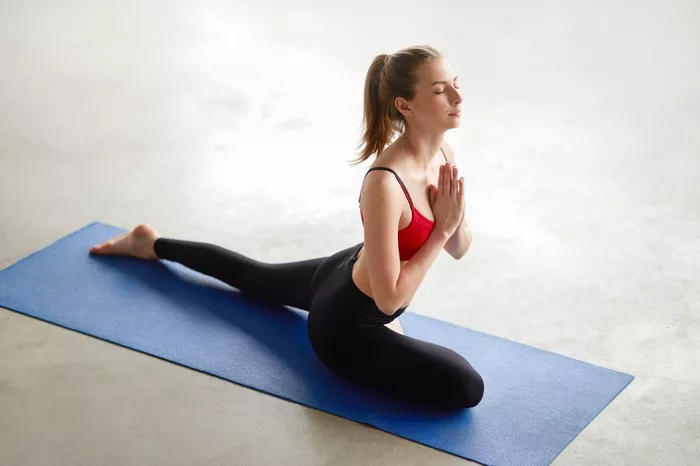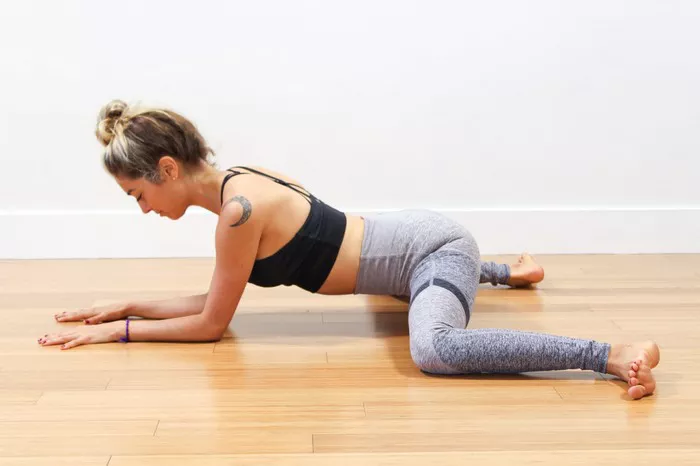An irregular heartbeat, medically known as arrhythmia, refers to any change in the rhythm of the heartbeat. It can present as a heartbeat that is too fast (tachycardia), too slow (bradycardia), or erratic. While some arrhythmias are harmless, others can be serious and even life-threatening. Lifestyle changes, stress management, and physical activity, including yoga, are often recommended alongside medical treatment. Yoga has emerged as a powerful complementary approach for regulating heart rhythm naturally.
Yoga Methods for Treating Irregular Heartbeat
Yoga promotes physical health and emotional balance, which can have a direct influence on heart rhythm. Stress and anxiety are among the most common triggers of arrhythmias. Yoga practices such as controlled breathing (pranayama), specific poses (asanas), and meditation help calm the nervous system, lower blood pressure, and promote a regular heart rate. Regular practice improves heart rate variability (HRV), which is a key indicator of cardiovascular health.
1. Anulom Vilom (Alternate Nostril Breathing)
Anulom Vilom is a pranayama technique that balances the autonomic nervous system and calms the mind. It involves inhaling through one nostril while closing the other, then exhaling through the opposite nostril in a rhythmic cycle.
Benefits:
- Reduces stress and anxiety
- Enhances oxygenation
- Regulates heartbeat and improves HRV
Practice this technique daily for 5 to 10 minutes, especially in the morning or before bedtime.
2. Bhramari Pranayama (Bee Breath)
Bhramari Pranayama involves producing a gentle humming sound during exhalation. This technique helps to soothe the brain, reduce stress hormones, and activate the parasympathetic nervous system.
Steps to Practice:
- Sit in a comfortable position with your spine erect.
- Inhale deeply through your nose.
- Close your ears with your thumbs, and place fingers gently over your eyes.
- Exhale slowly while making a humming sound.
Benefits:
- Lowers blood pressure
- Reduces mental agitation
- Supports regular heart rhythm
3. Sukhasana (Easy Pose) with Deep Breathing
Sukhasana is a simple seated posture that supports relaxation and deep breathing. It is ideal for beginners and can be paired with mindful breathing exercises to enhance its calming effect.
How it Helps:
- Encourages diaphragmatic breathing
- Helps release tension in the body
- Promotes parasympathetic activation, balancing heart rhythm
Regular practice for 10 to 15 minutes daily can provide long-term benefits for cardiac health.
4. Viparita Karani (Legs Up the Wall Pose)
This restorative posture is known for its calming effects on the nervous system and the heart. Lying on your back with legs extended vertically against a wall promotes venous return and reduces cardiac load.
Physical Benefits:
- Improves circulation
- Reduces swelling in legs
- Alleviates stress and promotes a slow, steady heartbeat
Best Time to Practice:
- Before sleep or during periods of rest
5. Ardha Matsyendrasana (Half Spinal Twist)
This gentle spinal twist stimulates the vagus nerve, which plays a crucial role in heart rate regulation. It also aids in digestion and detoxification.
Instructions:
- Sit with legs extended.
- Cross the right leg over the left and place the foot outside the left knee.
- Twist to the right, placing the left elbow on the outside of the right knee.
- Hold the position for 30 seconds, then switch sides.
Health Benefits:
- Improves autonomic nervous system balance
- Enhances spinal flexibility
- Supports heart rhythm stability
6. Savasana (Corpse Pose)
Savasana is a final relaxation pose used at the end of most yoga sessions. It helps integrate the benefits of yoga practice and deeply relaxes both body and mind.
Practice Tips:
- Lie flat on your back with arms and legs comfortably spread.
- Close your eyes and focus on your breath.
- Stay in the pose for 5–10 minutes.
Why It Works:
- Reduces cortisol levels
- Slows heart rate and respiration
- Facilitates deep mental calm
7. Tadasana (Mountain Pose)
While seemingly simple, Tadasana is foundational for improving posture and breathing efficiency. Proper alignment supports effective cardiovascular function.
How to Perform:
- Stand tall with feet hip-width apart.
- Distribute weight evenly across both feet.
- Inhale and stretch arms overhead.
- Maintain a steady gaze and even breath.
Benefits for the Heart:
- Enhances lung capacity
- Grounds the body and calms the mind
- Supports regular heart rhythm
8. Meditation (Dhyana)
Meditation is a cornerstone of yogic practices for heart health. It enables deep mental focus and emotional regulation, which in turn positively affects heart rate variability and rhythm.
Types of Meditation:
- Mindfulness meditation
- Loving-kindness meditation
- Guided visualization
Effects on Arrhythmia:
- Decreases sympathetic nervous system overactivity
- Encourages parasympathetic tone
- Improves emotional responses to stressors
Even 10 minutes a day of consistent practice can make a significant difference.
9. Ujjayi Pranayama (Victorious Breath)
This breath control technique involves slight constriction of the throat during inhalation and exhalation, creating a soft ocean-like sound. It helps center the mind and regulate the breath.
How to Practice:
- Sit comfortably and breathe in through the nose.
- Slightly constrict the throat while inhaling and exhaling.
- Focus on the sound of the breath to maintain rhythm.
Key Benefits:
- Regulates respiratory rate
- Balances heart rate
- Enhances focus and reduces anxiety
Conclusion
Integrating yoga into your daily routine can play a valuable role in managing irregular heartbeat. The blend of breathing techniques, gentle postures, and meditation offers a holistic path to heart health by addressing both physical and emotional triggers of arrhythmia. Always consult with a healthcare provider before starting any new wellness practice, especially if you have a diagnosed heart condition.
FAQs
Q1: Can yoga cure arrhythmia completely?
Yoga is not a cure but can significantly support heart health and reduce symptoms. It works best as a complementary therapy alongside medical treatment.
Q2: How long should I practice yoga to see results?
Consistent daily practice for 15–30 minutes can yield noticeable benefits in a few weeks, especially in reducing stress and stabilizing heart rate.
Q3: Are there any risks in doing yoga with a heart condition?
Some poses may not be suitable for people with serious cardiac conditions. Always consult your doctor and consider working with a certified yoga therapist.
Q4: What should I avoid while doing yoga for arrhythmia?
Avoid vigorous or high-impact yoga forms, such as power yoga or hot yoga. Focus on gentle, restorative practices.
Q5: Is breathing more important than the poses?
Both are important, but breath control has a more direct impact on the nervous system, which influences heart rhythm. A balanced practice combines both for best results.

